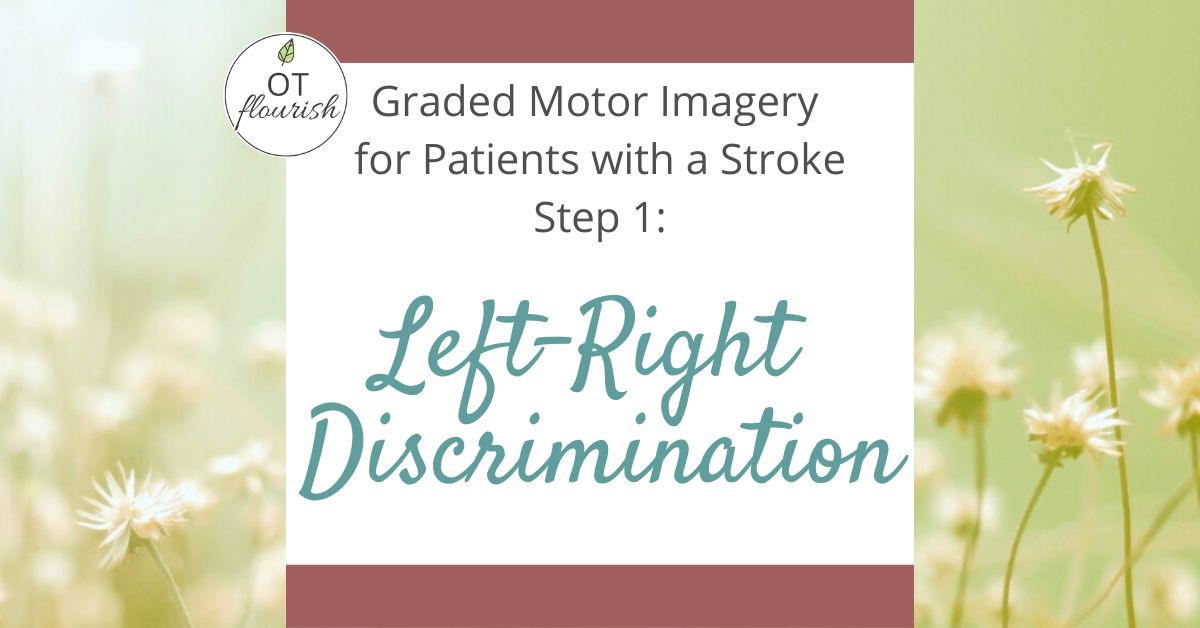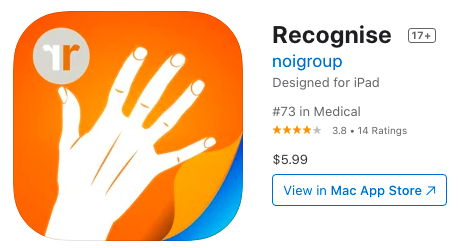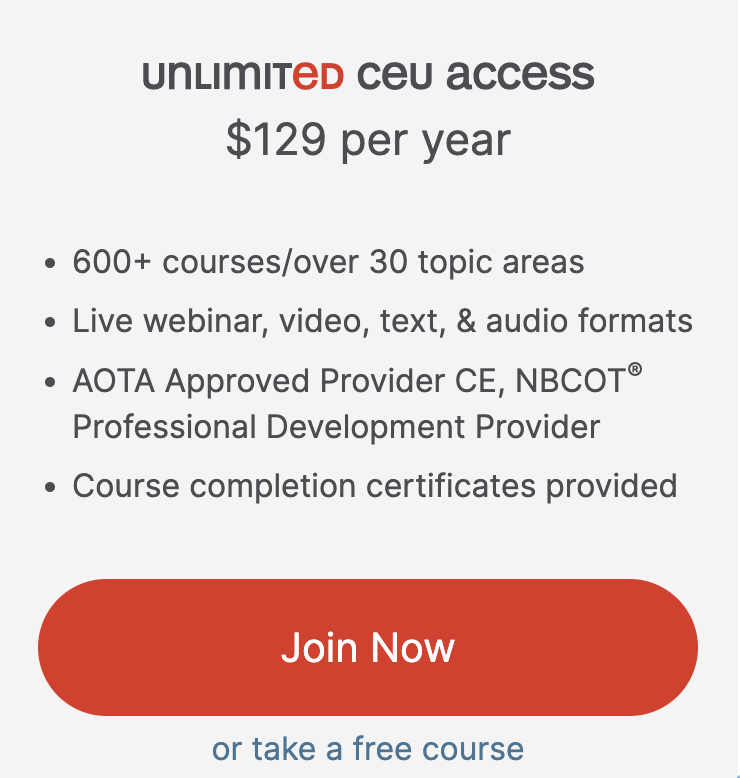Left right discrimination is where you need to start if you have ever have a patient that had a stroke, try mirror therapy with them and wonder “why am I doing this?” because it never seemed to work?🙋
I have (more times than I’d like to admit)!
It’s super frustrating, especially since the evidence shows that mirror therapy can have a positive effect on motor function, buuuut after years of courses (thanks Medbridge!) and trying different techniques in the clinic, I basically realized I was doing it all wrong. 😁
Not actual video of patient performing mirror therapy…😹
I wasn’t teaching the the actual mirror therapy techniques incorrect per se, but I wasn’t applying the entire Graded Motor Imagery continuum into my patient’s treatment plan.
Basically, I was putting the horse 🐎 before the cart.
Graded Motor Imagery is a set of 3 different, sequential (but flexible) treatment techniques using “top down” cortical central processing to improve movement difficulties or complex pain.
Let’s start with the basics.
What is Graded Motor Imagery?
Graded motor imagery is a process that trains and retrains the brain and its myriad connections, and it may be used to help with chronic pain. A recent systematic literature review on graded motor imagery for CRPS1 supports the use for reducing pain (Daly AE, Bialocerkowski AE, 2008). In recent RCTs, the graded motor imagery protocol has demonstrated good evidence of outcomes (reduced pain and disability) in complex regional pain syndrome1 (CRPS1) (Moseley, 2004a, 2005) and in CRPS1 and phantom limb pain (Moseley, 2006).
You might also find graded motor imagery helpful in stroke patients, for phantom limb pain, and other neurologically-based phenomena. The generation and perception of motor actions recruits shared parts of the brain (Blakemore & Decety, 2001; Grezes & Decety, 2001), which allows the imagery to act as a neuronal training method within the graded program. Visualizing a pain-free motor action enhances a persons ability to move through a similar pattern without perceiving pain.
Further progress in this stage allows for actual movements in affected body parts without pain. The occupational therapy practitioner will assess the patients pain condition before moving them through each new stage.

Graded motor imagery may provide further benefits to motor function of the upper extremities of patients with chronic stroke while performing conventional exercises. A home-based GMI program could be an effective complement to usual rehabilitation to enhance upper limb function in patients with chronic stroke. Implementation of graded motor imagery program-based stroke rehabilitation at-home interventions has led to beneficial outcomes in motor function in the upper extremity.
Further studies are needed to identify the stroke type that is best suited for the GMI training, as well as to evaluate the neurophysiological changes in the brain. It is helpful to understand that graded motor imagery is not a preset program, but is instead a guideline to advance a motion treatment using motor imagery.
Evidence of graded motor imagery use comes from both basic science (neuroscience) and clinical trials. GMI is helpful in treating conditions like complex regional pain syndrome (CRPS), reflex sympathetic dystrophy (RSD), chronic back pain, chronic neck pain, phantom limb pain, and certain cases of dystonia. The Graded Motor Imaging (GMI) curriculum provides up-to-date information on basic science, clinical trials, and clinical applications of the program.
The Steps of Graded Motor Imagery Include:
1️⃣ Laterality Training (aka Left Right Discrimination)
2️⃣ Explicit Motor Imagery Exercises (aka Imagery)
3️⃣ Mirror Therapy (see how I used to just skip the 1st two steps and expect amazing results?!?)
The intervention modalities involves using computers, flashcards, imaginary movements, and mirror visual feedback. I have given step-by-step instructions and supporting research on how to complete both Explicit Motor Imagery Training and Mirror Therapy in the OT Accelerator but I am going to dig into and share with you what you need to do to get started in step 1 ⬇️⬇️
Laterality Training (aka Left Right Discrimination)
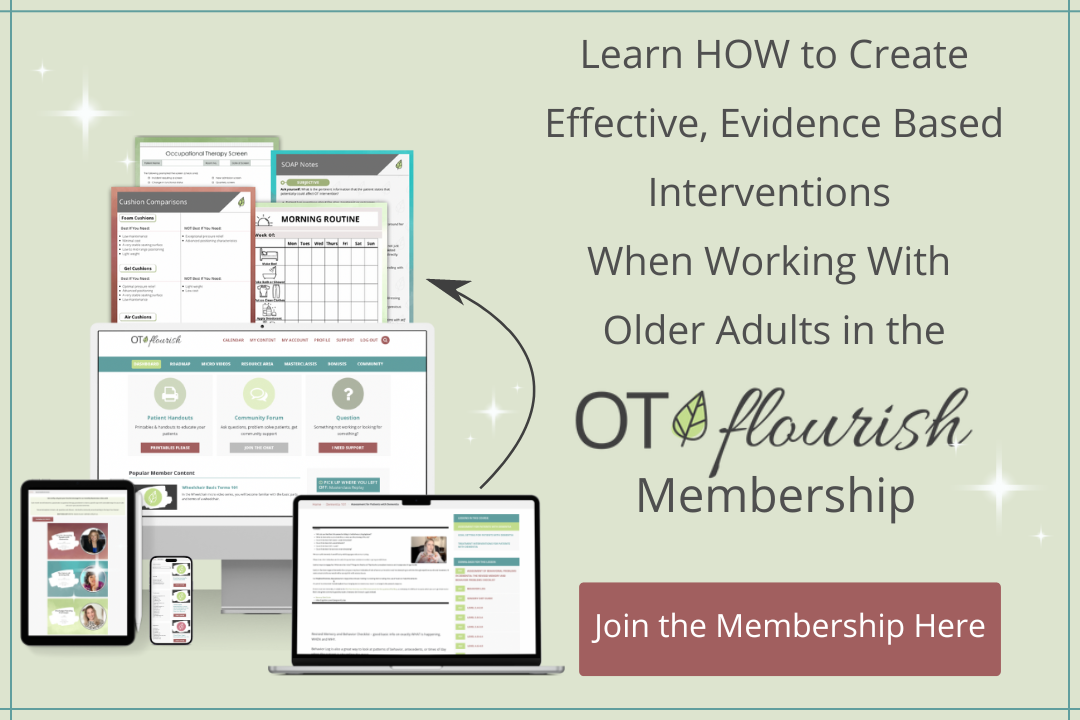
What is Left Right Discrimination (aka Laterality Training)?
Left right discrimination is crucial for distinguishing between the two sides of our body and understanding the direction of movement. It plays a vital role in our motor skills and spatial awareness. Graded motor imagery is an approach that can be used to improve left right discrimination abilities and enhance body awareness and movement control.
If I have my eyes closed, can I tell that I am turning my head to the right?
Or if I have my eyes closed and someone externally rotates my right arm, can I identify that it has been moved to the right?
Or even can I look at a picture and determine which is left/right or turning which direction?
What is Left Right Discrimination for Pain?
Left-right discrimination for pain involves the cognitive ability to differentiate between sensations and experiences of pain on the left and right sides of the body. This concept is often utilized in therapeutic practices such as guided motor imagery, where individuals engage in mental visualization and imagination to address pain. By focusing on the affected area and guiding individuals to mentally scan and distinguish between the left and right sides, this technique aims to enhance the precision and effectiveness of pain management strategies. Through targeted imagery and the promotion of positive outcomes during the process, left-right discrimination in pain management seeks to provide individuals with a nuanced approach to understanding and alleviating discomfort on a side-specific basis.
How Do You Teach Left Right Discrimination?
Choose one left right discrimination activity to get started. Use a variety of modalities to find what works best for your patients.
✅ Look through magazines, identifying body parts and what direction they are in
✅ Have the patient download and use the Recognise™ app (good for metrics, but is a little limited on pictures)
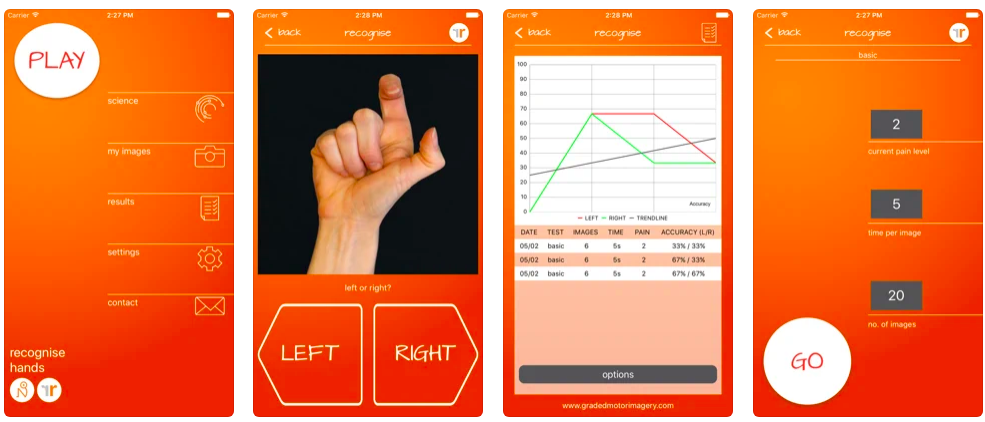

✅ Use body part flash cards and play games
When I do right left discrimination occupational therapy activities with my patients that have hemiplegia, I always give these cards to them for homework, having them do the arm, shoulder, neck and trunk flashcards as well as this makes for holistic intervention (the other body part cards, instructions & how to grade can be accessed in the OT Accelerator).
Have you ever used graded motor imagery and left right discrimination with your patients that have had a stroke (it works great for chronic pain too!) and have had good results?
Resources:
https://www.handtherapyacademy.com/treatments/graded-motor-imagery-in-hand-therapy/
https://www.raynersmale.com/blog/2017/1/26/graded-motor-imagery
https://www.physiohealth.in/graded-motor-imagery.html
https://www.healthnavigator.org.nz/apps/g/graded-motor-imagery-apps/
https://www.noigroup.com/evidence-base-for-graded-motor-imagery/

